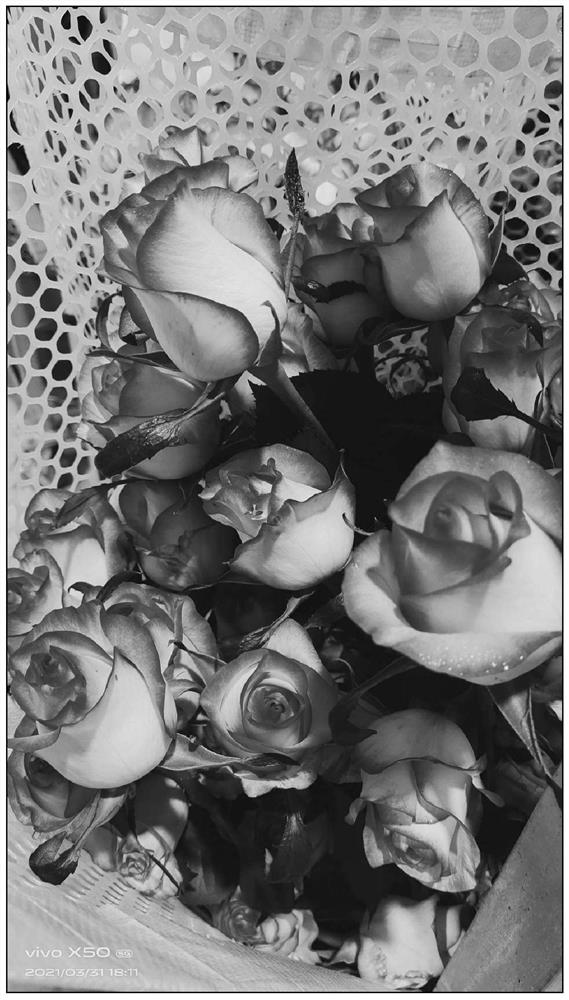Method for cultivating roses through interspecific hybridization
A rose and female parent technology, applied in the direction of botany equipment and methods, applications, plant gene improvement, etc., can solve the problems affecting the breeding process of rose varieties, interspecific hybridization obstacles, etc., and achieve the effect of improving the success rate of breeding
- Summary
- Abstract
- Description
- Claims
- Application Information
AI Technical Summary
Problems solved by technology
Method used
Image
Examples
Embodiment 1-8 and comparative example 1-2
[0032] The cultivation methods of Examples 1-8 and Comparative Examples 1-2 are similar, and the difference is that: the female parent A line rose Serbia is treated differently in the early stage of hybridization. A specific cultivation operation process is given below to illustrate:
[0033] S1: This application establishes an experimental field in Tai'an, Shandong Province, and selects healthy parents that are free from disease and pests. The day before the flowering period of the female parent A series roses in Serbia, strong flower buds are selected for emasculation, covered with sulfuric acid paper bags for isolation, and harvested from different plants. The anthers were collected in different clean sulfuric acid paper bags, marked and brought back to the room, and placed in a ventilated place at 20-25°C to dry in the shade.
[0034] According to the maturity of the stigma of the female parent A-line Serbia, when the stigma secretes mucus, inject a certain amount of treatm...
Embodiment 9-11
[0054] The difference between embodiment 9-11 and embodiment 8 is:
[0055] In step S1, in Example 9, strong flower buds were selected two days before the flowering period of the female parent A series rose in Serbia to emasculate, covered with sulfuric acid paper bags for isolation, and the anthers picked from different plants were collected in different clean sulfuric acid paper bags , mark it and bring it back indoors, and place it in a ventilated place at 20-25°C to dry in the shade;
[0056] In step S1, in Example 10, strong flower buds were selected three days before the flowering period of the female parent A line rose in Serbia to be detasseled, covered with sulfuric acid paper bags for isolation, and the anthers picked from different plants were collected in different clean sulfuric acid paper bags , mark it and bring it back indoors, and place it in a ventilated place at 20-25°C to dry in the shade;
[0057] In step S1, in Example 11, select strong flower buds to de...
PUM
 Login to View More
Login to View More Abstract
Description
Claims
Application Information
 Login to View More
Login to View More - R&D
- Intellectual Property
- Life Sciences
- Materials
- Tech Scout
- Unparalleled Data Quality
- Higher Quality Content
- 60% Fewer Hallucinations
Browse by: Latest US Patents, China's latest patents, Technical Efficacy Thesaurus, Application Domain, Technology Topic, Popular Technical Reports.
© 2025 PatSnap. All rights reserved.Legal|Privacy policy|Modern Slavery Act Transparency Statement|Sitemap|About US| Contact US: help@patsnap.com



